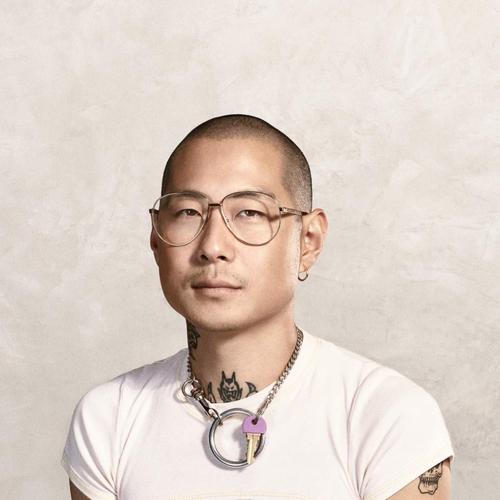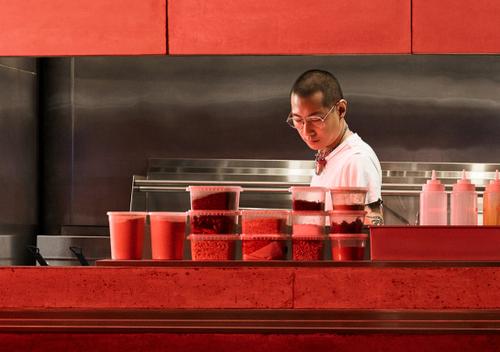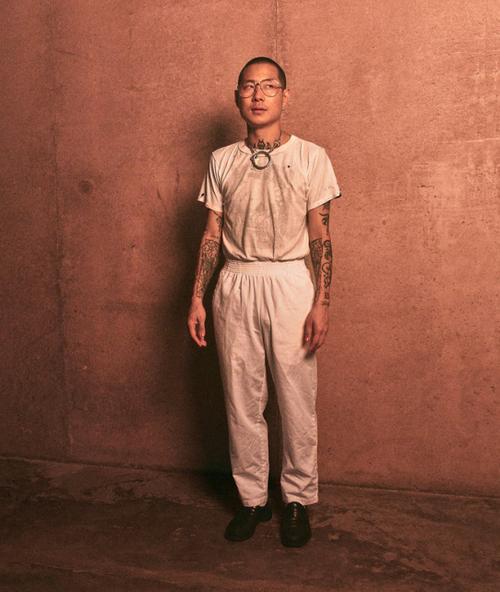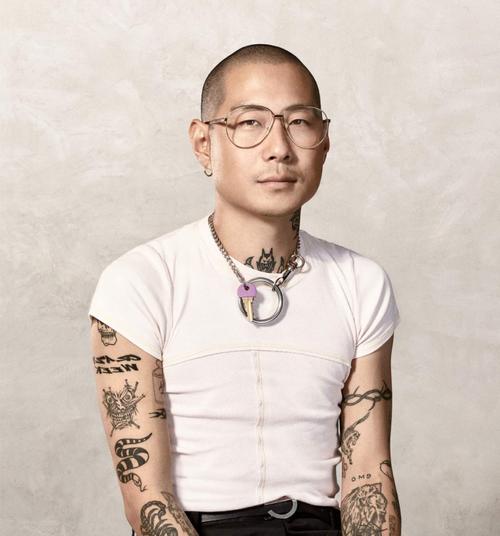Creative Services→→
Turn your passion projects into paid projects. Discover tools to manage clients and grow your creative business.

Chef
Chef and restaurant owner Danny Bowien redefines traditional ingredients and cuisine, and he uses Squarespace to help his dishes stand out online. Find out what inspires Danny and how he shares his creations with the world.



What’s your name?
I’m Danny Bowien and I’m the owner of Mission Chinese Food in New York and San Francisco.
Where are you from?
I’m from Korea, but I was adopted when I was three months old and I grew up in Oklahoma City until I was 19. So, I’m Korean but I grew up in the States and my adoptive parents were American.
How did you become interested in becoming a chef?
Growing up, I was kind of a fish out of water and, with cooking, it was the same thing. Whenever my friends would get together, I’d be the one who would always cook and host parties and I really loved entertaining. So I thought, "Culinary school sounds fun, it’s a good way to get out of Oklahoma". So I moved to San Francisco when I was 19.
I went to culinary school for three years but never worked at a restaurant—I was working at clothing stores and just making new friends. After I moved to New York City, did my externship when I was 22, got my first kitchen job, and realized I wanted to cook, because I wanted to still entertain people and make them feel a certain way. That’s how I got into cooking.
Why do you feel like not fitting in is a good thing?
I spent most of my younger years just trying to fit in. I was probably the only Korean kid at my school. And I kind of realized that I wasn’t being myself and I didn’t know who I was was. Then I realized that you don’t have to be like everyone else. You don’t have to fit a certain mold. Create your own. That’s what I did—it took me a long time, up until I was like 26. I spent years working through other kitchens, from fine dining to Japanese restaurants, Californian restaurants in San Francisco. And I didn’t really have a voice, I just felt like I was part of someone else’s vision. People would ask me, “What kind of food do you want to cook?” and I didn’t really know the answer to that.
I think the most important part of learning that I didn’t fit in with everyone else was that it actually gave me the ability to take the risk. Stepping out on that limb gave me the freedom to do what I want to do.
What do you like about the freedom of being your own boss?
I think the most important things I learned from being a boss or an owner are that you’re not always right, and that it’s very important to learn from failure. You’re not perfect and you’re going to make mistakes. Take risks and welcome the fact that it may not work out the way you want, but learn something from it and get better.
I think that’s the thing that I appreciate the most, that there is this level of humility and earnestness that comes from the process of being at the top. When you’re the chef and the owner, no one is there to tell you that “this tastes a little off”, or “service tonight was like this”, so you really have to be very aware and also very open to knowing that you don’t have all the answers.
Do you think you’ve made it in the restaurant business?
I definitely feel like I’ve made it a lot further than I thought I would, just in life in general. Yes it’s challenging, yeah it’s stressful, and there are a lot of risks that come with it, but I’m a very fortunate person. It’s like having kids. No matter what anyone tells you about it, about what’s right or wrong for them, at the end it’s your own journey. It’s your own adventure.
Can you talk about a dish or a recipe you’ve made that you’re particularly proud of?
Probably the dish that got me into Sichuan cooking in the first place. I still remember it vividly—I was 26, I was in San Francisco, it was raining. And I was with my friend Brandon Jew—he’s a chef—and he said, “Have you ever tried this restaurant called Spices II?” And I went and I had Sichuan mapo tofu for the first time.
I had grown up eating mapo tofu as this ubiquitous brown-sauce tofu dish with pork in it and sometimes frozen green peas. What I had that day was completely different. It was pork and tofu but in this numbing, spicy, paste-like sauce. It was like a gravy. And I was eating it with rice and I couldn’t stop eating it because it was so addictive. It was so impactful, it was like hearing a song for the first time. You know, it just hit me. I was like, “What is this and how do I get more of it?”
When we started Mission Chinese Food, that was the first dish that I wanted to try to make. I’d never been to China, never been to Chengdu, never been to the Sichuan province. So the first time I made it, it was like 33 ingredients. Now it’s only about 12 ingredients.
I’d say mapo tofu is the dish that makes me the most proud because it’s something that I’ve been able to learn a lot about myself through—learn a lot about restraint. You don’t have to overcomplicate things. And it was the dish that turned me on to Sichuan food. It says a lot about me and where I am now.
How do you find inspiration?
Inspiration comes in many forms now. I used to just zone in on eating at restaurants, looking at food, reading articles about food, and to be quite honest I got a little oversaturated and jaded. I felt like everything that I was taking in, everyone else was too.
Inspiration for me now isn’t just from food anymore. It actually comes from not working with food. Whether it’s being at the park, playing with my son and seeing how—this sounds really cheesy—but seeing how leaves are falling down on the ground. I’m like, "Wow that’s really great, the orchestration of that, can you reinvent that in a dish?” A lot of times when I sit down to write a menu, if I see something like leaves falling on the ground, I’ll make a note of it. And then I sit down with this long list of very abstract things and try to remember. And that takes me to this place where I feel ready to create.
Watch our campaign featuring Danny Bowien.

Share your passion with a beautiful website.